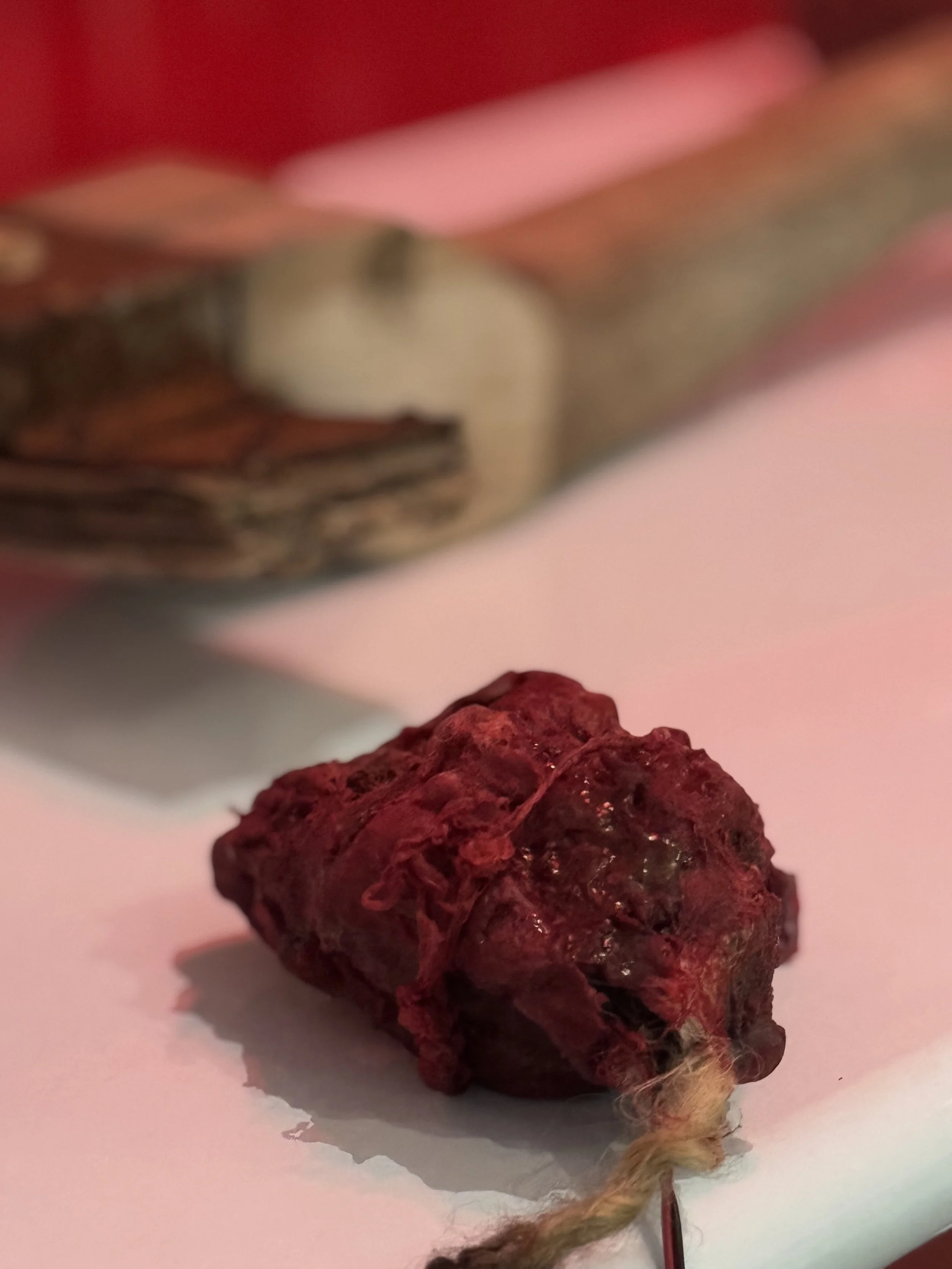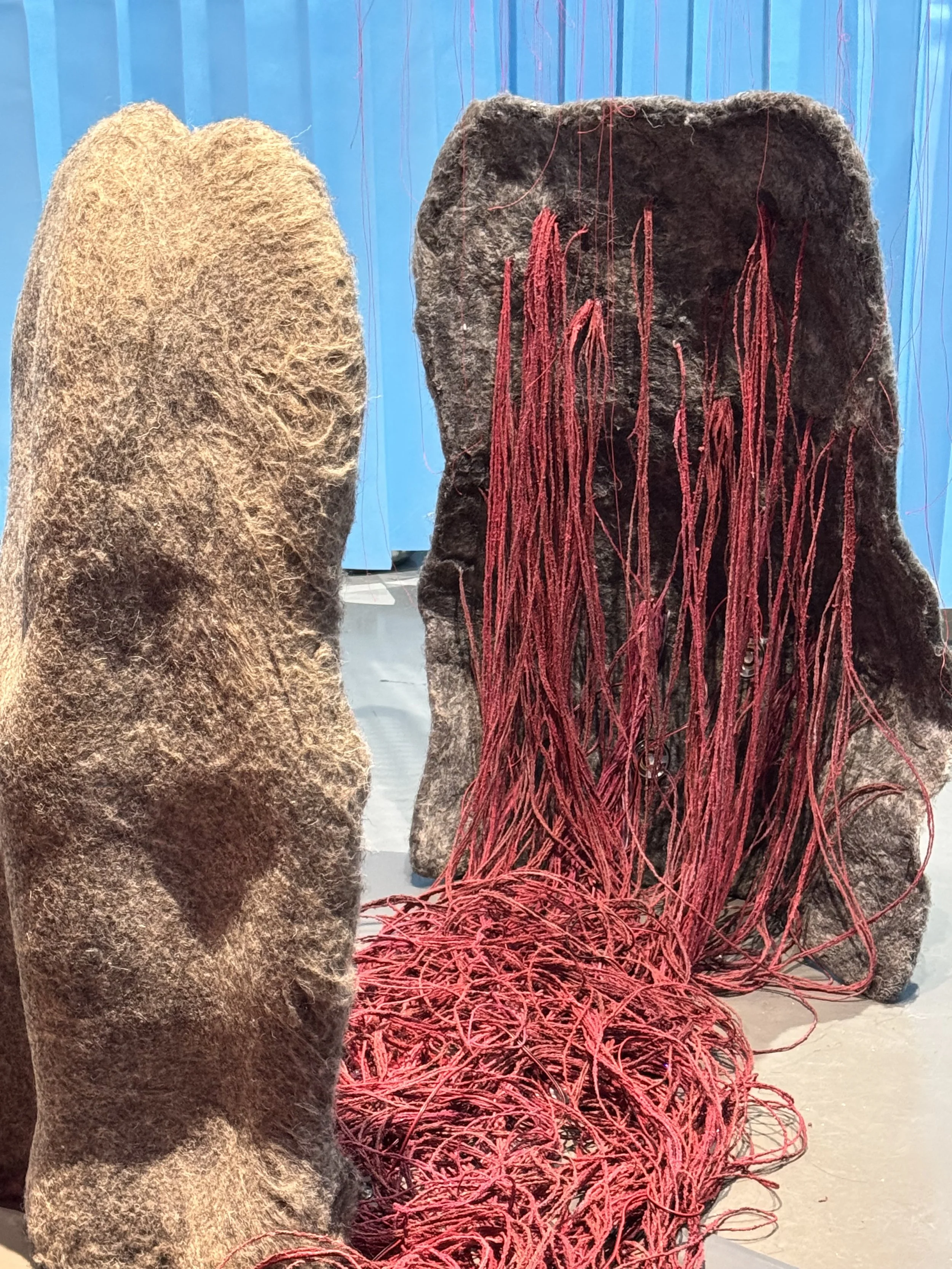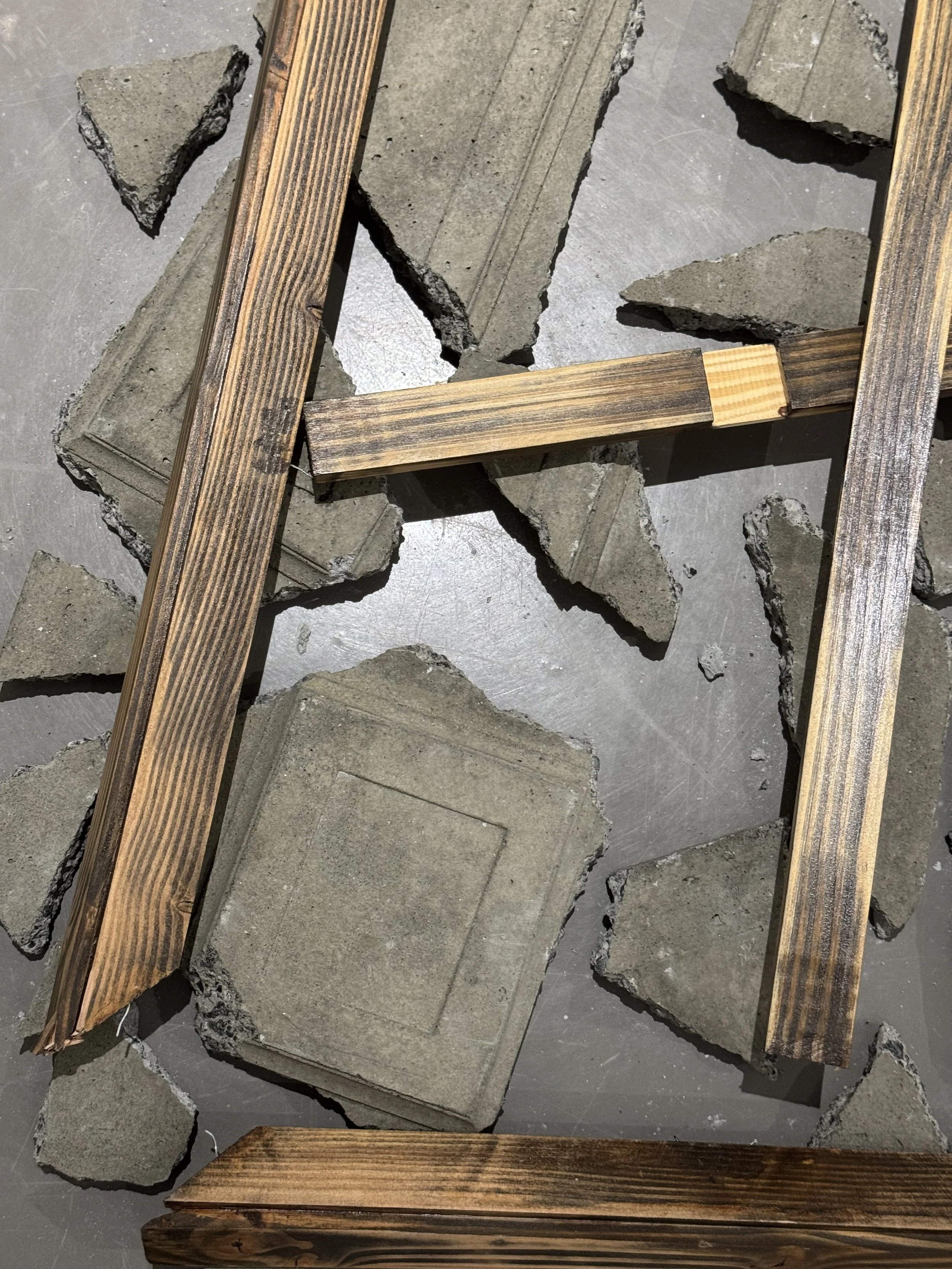MFA Thesis Feast at GSU
Ernest G. Welch School of Art & Design will host two successful MFA Thesis exhibitions from now until the upcoming weeks. It is an excellent opportunity to see different works from different visions. Now, I am going to zoom in on both exhibitions. The first is AUS*CUL*TA*TION by Cheyenne Hendrickson, an MFA in Photography and Expanded Media at Georgia State University. As soon as you walk into the gallery, red greets you. You can get the hospital, disease, and blood sense, but something grasps you after you walk through the inside. For better understanding, I captured the title AUS*CUL*TA*TION, which redefines the knowledge of hearing to the body's inner. It steps away from the sound of our visually known world, directing us hooked on an area of silence—not noiselessness, but hidden listening. Calm allows us to experience and be involved with the mysteries in our bodies in this space. To create a sense of what is senseless. Yes! This is it; this senseless sense grasps me! I feel like I listened to our body’s sound, and I heard and felt its hard work inside us. The artist used hospital curtains, red ropes, textiles, ceramic pieces, and a hospital bed… they all make sense when the audience touches, sits, sees, or listens. Can you imagine entering a different world and simultaneously feeling each sense? We explored the inside of the human body with everything from blood to tumors like I take a tour in the veins. The piece “Embracing the Tumor” significantly affects me. For me, in other words, acceptance. Lastly, I would like to add how the artist exhibits the deep psychological side of our body. Can I say our body communicates with us? In brief, she translated the body’s visual language.
On the other hand, my second stop is next door, Southern EXPOSURES, by Brian J. Brown, an MFA in Sculpture at Georgia State University. The artist expresses the contradictory beliefs, feelings, and concerns he challenged as a Black child in a little town in North Carolina. He develops regained materials such as wood and doors, lighting, and sections from police cars to develop regained materials such as wood to build visual pieces related to his childhood memories. In this exhibition, childhood psychology affects me more than the other aspects. Broken parts, sculptures, shapes, words, and lights gave me that oppressive feeling and made me think that many people experience it and know how it affects society. Brian presents his point visually with strong language, even better than the words.
These two exhibitions have one common point, which is deeply related to psychology. I can define them as in and out. AUS*CUL*TA*TION is directly related to the human body; our inner part, including feelings, leads us to acceptance. As I said before, I felt it as soon as I walked into space; I walked into the human body. As time passes by, feelings come from the visual artworks. However, the out part is Southern EXPOSURES, which also directly points out our feelings, and this feeling is not a stranger. We all know that feeling from somewhere. Brian’s work reminds us of life’s challenging side, but I feel like the artist experienced life’s side; I think he found his way and tried to show his audience. Childhood is also a significant psychological aspect of our lives. If I need to contrast, these two exhibitions did a great job of grasping our feelings deeply, which I like so much about art. It makes us understand better and helps us imagine with fantastic visual works.



